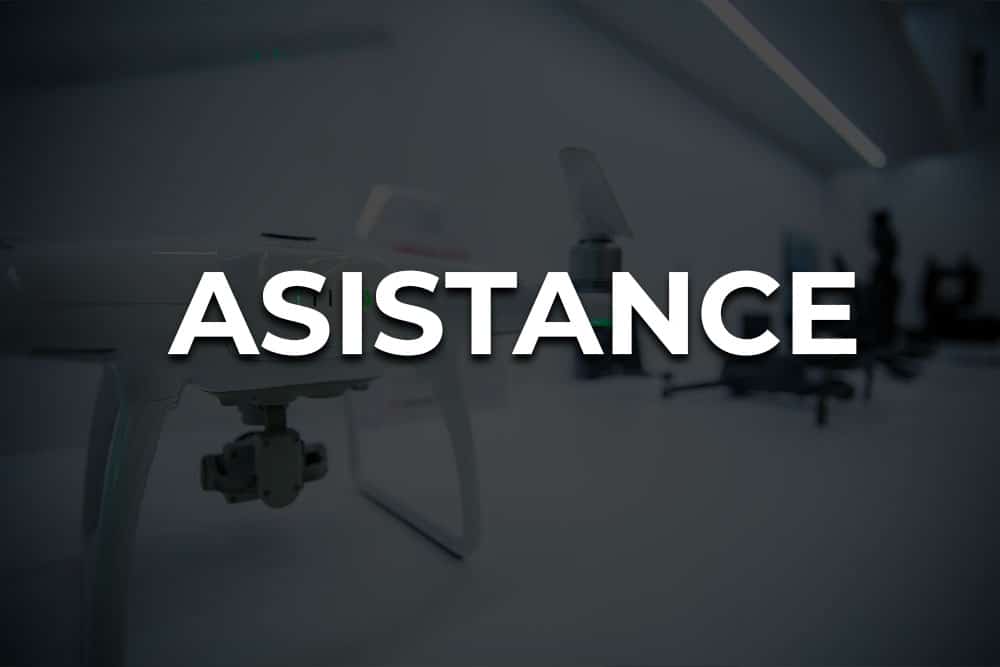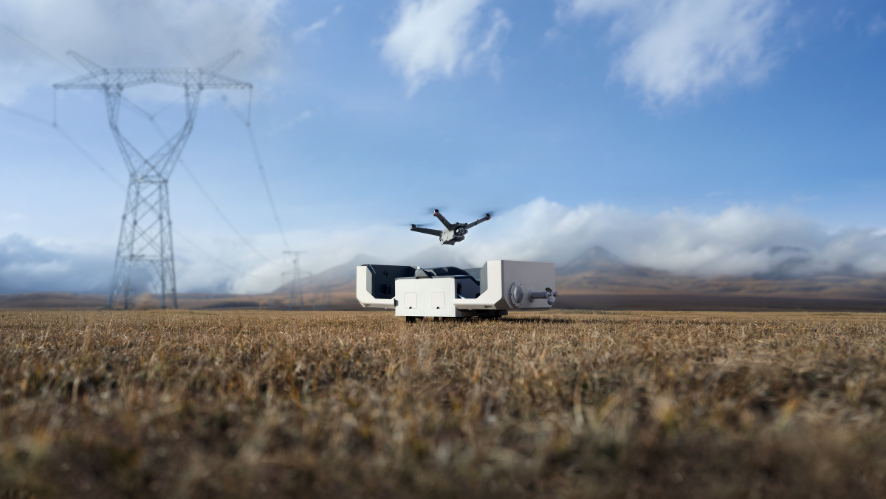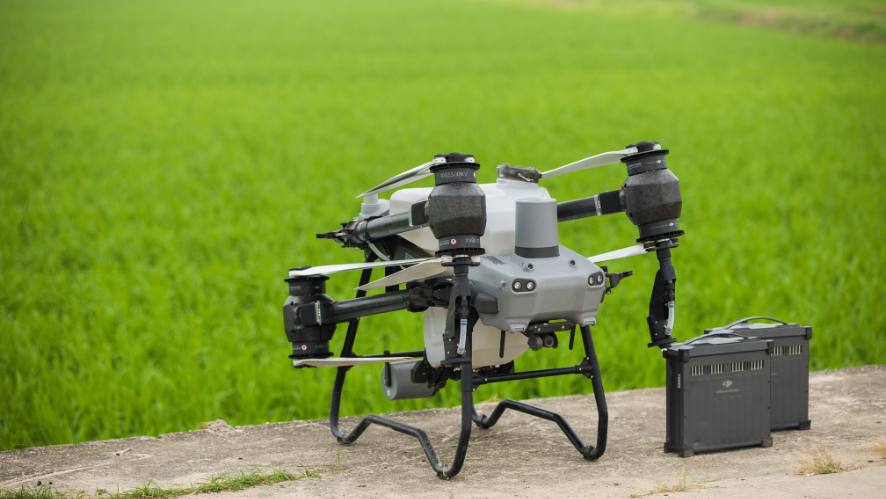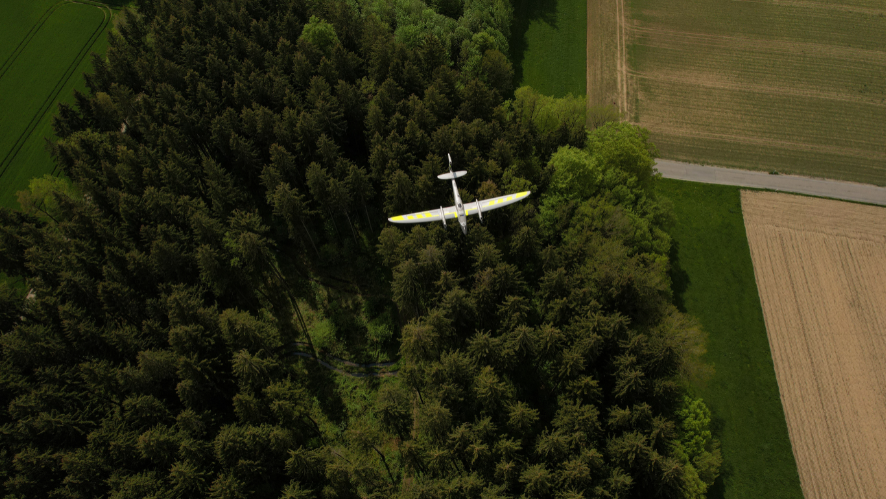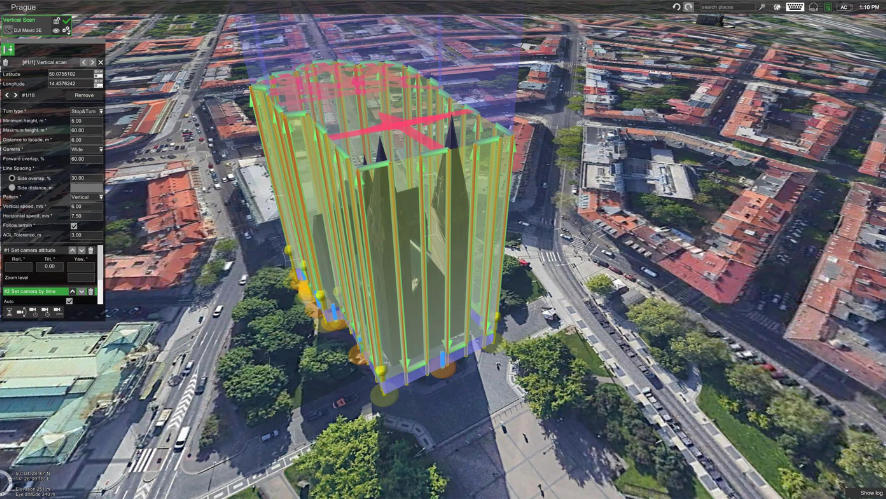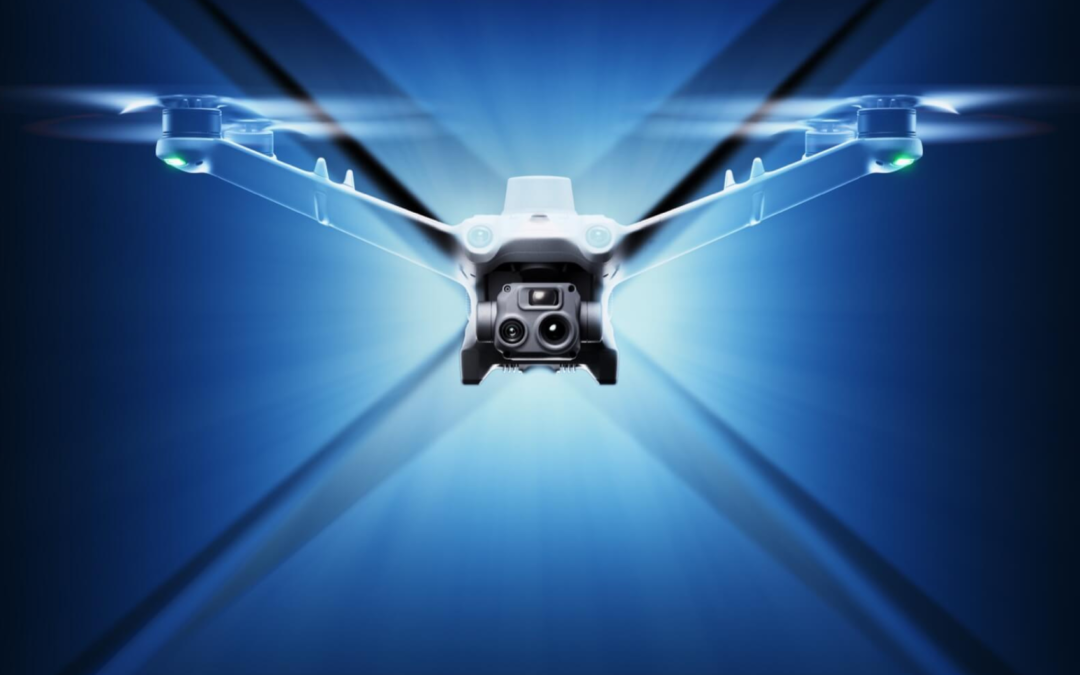Performing a checklist before, during and after a flight is essential to prevent problems and ensure safe operation. Periodically checking the condition of the batteries, performing firmware updates, inspecting the drone for damage, checking the condition of the propellers and testing the controls are essential practices for drone pilots. In fact, motors, propellers and connections are components that require special attention, as problems with these parts can lead to complications during flight. It is therefore important to be on the lookout for any damage or wear on these components and act promptly with the appropriate corrective measures, which is essential to prevent accidents and ensure the correct operation of the drone. Taking a proactive approach to drone maintenance and care not only maximizes the durability of the equipment, but also contributes to safer flight.
Batteries
Good battery performance depends on how the battery is stored, so it is recommended to store it in a cool, dry place (22 to 28°C). In the case of drones such as DJI’s, it is recommended to fully cycle the battery every 20 flights, letting it discharge to around 8% and charging it once it has cooled down. But remember that it is not advisable to fly the drone up to this battery percentage, it is better to limit the flight to a minimum of 20%, land the drone and disconnect it until it reaches 8%.
It is important to check that the aircraft and battery have the latest firmware, in the case of DJI drones you can check it in the DJI Pilot application, you can also access and view the flight camera manually. You can also connect your mobile device (Smart Controller, Crystal Sky, etc.) to the internet and when you turn on the drone, open the DJI Pilot app and it will notify you of any necessary updates.
It is said little, but battery pairs should be kept together in the case of aircraft with dual batteries. A good practice is to identify batteries that are pairs and always use, charge and discharge them together, this way the batteries will have similar internal resistance.
To learn more about battery maintenance, see this article on the subject.
Propellers
Flight stability is produced by the propellers, so it is important to maintain them properly. Do not hesitate to replace the propellers when there are cracks, deformations or any other signs of damage, however small, even wear and tear caused by time and use can make flight less efficient. To avoid any future problems, replace the propellers regularly, even if there is no visible damage, to ensure smooth operation of the drone.
When replacing the propellers, be sure to install them correctly, following the manufacturer’s instructions. Remember that it is not advisable to store drones with their propellers, to avoid bending or damaging them in the case of quick-mount propellers.
Motors
As mentioned earlier in this article, checking the temperature of the environment where the drone will be stored and operate is extremely important, and when it comes to motors, temperature is a key factor in their proper operation. Inspect the motor bearing and check for loud noises; if so, something may be wrong and the motor may need to be replaced.
An additional factor contributing to motor longevity is proper selection of the landing pad. When taking off in dusty or high wind conditions, small particles of sand or dirt can become lodged in the motor. Using stronger and firmer Landing Pads is essential to prevent dirt from reaching the engine.
Our recommendation is to always be alert to avoid overheating, regularly check the electrical wiring that connects the motors to the flight controller, if the winding is burnt or broken and if there are abnormal noises.
Cameras and payloads
Cameras and payloads are critical components of drones, especially those used for photography, inspection and mapping. Most of the time they are sensitive parts that require more dedicated care. Like motors, cameras should be protected from dust and dirt to avoid surprises when collecting data (always use a softer cloth so as not to scratch or leave marks).
Calibrate the camera following the instructions provided by the drone manufacturer. When the camera is calibrated, it ensures color and accuracy, which translates into quality data collection, whether it is photographs or other data.
When not using the drone, keep the gimbal protected with a cover and away from dust.
Keep a lens cleaning kit handy to remove dirt, smudges and fingerprints from the camera lens. Use soft cloths and a cleaning solution specifically designed for camera lenses to avoid scratching or damaging the lens surface.
Control
Periodic testing of the drone’s remote control is essential, thoroughly checking the operation of all buttons, switches and levers. The sensitivity and responsiveness of these systems are essential for precise handling of the aircraft. Avoid exposing the controller to moisture, which can cause damage or short circuits. Some controls offer protection against water and dust, making them more robust and suitable for harsh environments.
It is essential to follow the manufacturer’s instructions for proper storage of the controller when not in use. Protecting it from extreme temperatures and humidity will help prolong its life and ensure reliable performance during flights.
Insurance and DJI Care Refresh
To ensure that the pilot and operator are protected against possible damage or injury caused by your drone during operations, take out appropriate insurance. Most EU member states require liability insurance if operating a light drone. So having adequate insurance is always a prudent measure, or a must.
We also recommend the DJI Care Refresh service, a warranty consisting of a comprehensive and reliable plan that provides coverage for a variety of accidental damage and natural wear and tear to DJI products. The drone is protected against drops, water damage, signal interference (Flyaway) and other unforeseen events.
Although it is an additional cost to conventional insurance, it is important to remember that DJI Care Refresh is chosen by many pilots for its convenience and comprehensive coverage. See our dedicated page for conditions and differences between the plans. Combining adequate insurance with DJI Care Refresh can provide comprehensive protection for your drone and help minimize the risks associated with its operation.
Keeping your drone in good condition is essential to ensure its performance and prolong its lifespan. One of the most important practices is to always keep the firmware up to date and perform regular checks.
HPDRONES offers a dedicated repair center to ensure that your equipment is always in top condition. Our specialized team is ready to assist you and offer fast and safe repairs, ensuring that you continue to fly safely.
____________________________________________________________________



